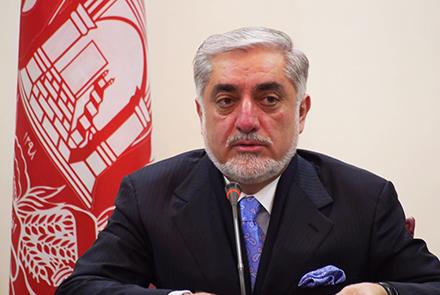CEO Abdullah Abdullah on Monday said at the Council of Ministers Meeting that Afghanistan will need more humanitarian aid this year in order to cope with the influx of thousands of return refugees as well as all the internally displaced people.
This comes after government recently called on the international community to help with $550 million USD which is needed to address the problem.
“Lots of people have been displaced and more refugees are coming home. Although refugees returning is good news, we need to take steps to address their problems,” Abdullah said.
The International Committee of the Red Cross (ICRC) meanwhile said war and insecurity is an obstacle in the way of providing aid.
According to ICRC, the organization helped nearly 22,000 vulnerable families in 2016.
“2016 was not a good year for the aid organizations and Afghans. ICRC committed to stay with Afghan people in 2017, and its committment will be fulfilled if all the war-parties respect humanitarian aid organizations that help the war weary people,” Ramin Ayaz, spokesman for ICRC said.
Reports indicate that in 2016, more than 600,000 persons were displaced in the country due to insecurity.
According to statistics provided by the state ministry on disaster management, in 2016, Kunduz, Farah, Uruzgan, Helmand, Nangarhar, Faryab, Ghazni, Sar-e-Pul, Paktia,
Baghlan and Badghis were the provinces that had the most displaced families.
In 2016, 128,000 families were displaced, 59,758 families returned to the country and of the total number, nearly 81,705 families received aid.
“All the displaced people who relocated to secure places received aid. But those who were in insecure districts, it was impossible to reach them,” Qasim Haidari, deputy state minister said.
Statistics given by the state ministry on disaster management also shows that in 2016 nearly 296 schools, 47 health centers, 72 mosques, 6,392 residential houses, 1,500 shops, 12 government building, 212kms of roads and 33 wells were destroyed in the ongoing war.

